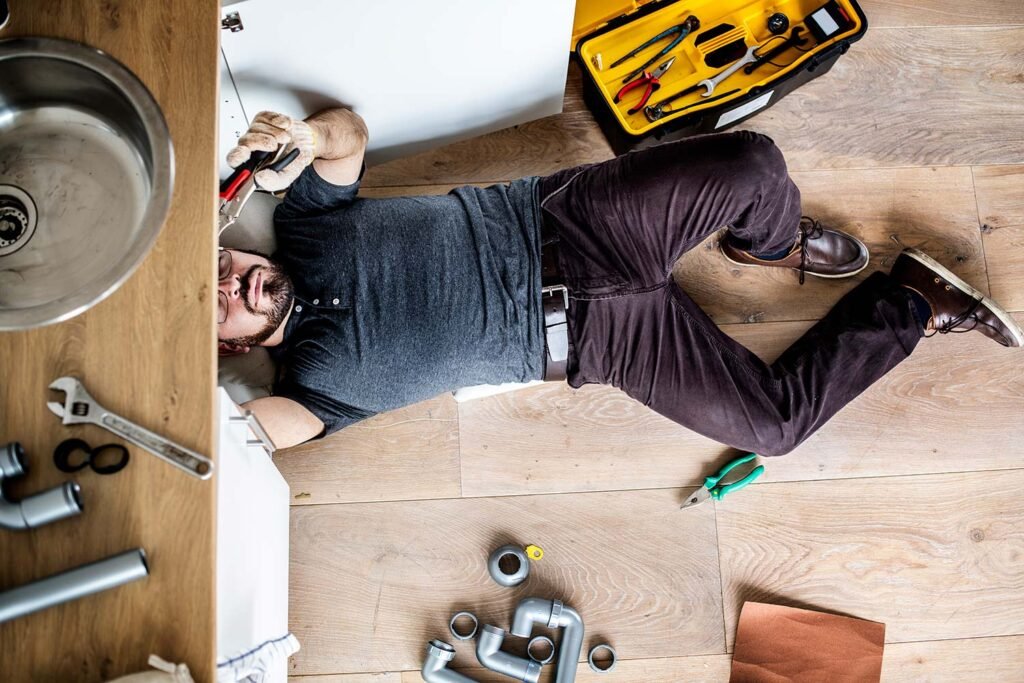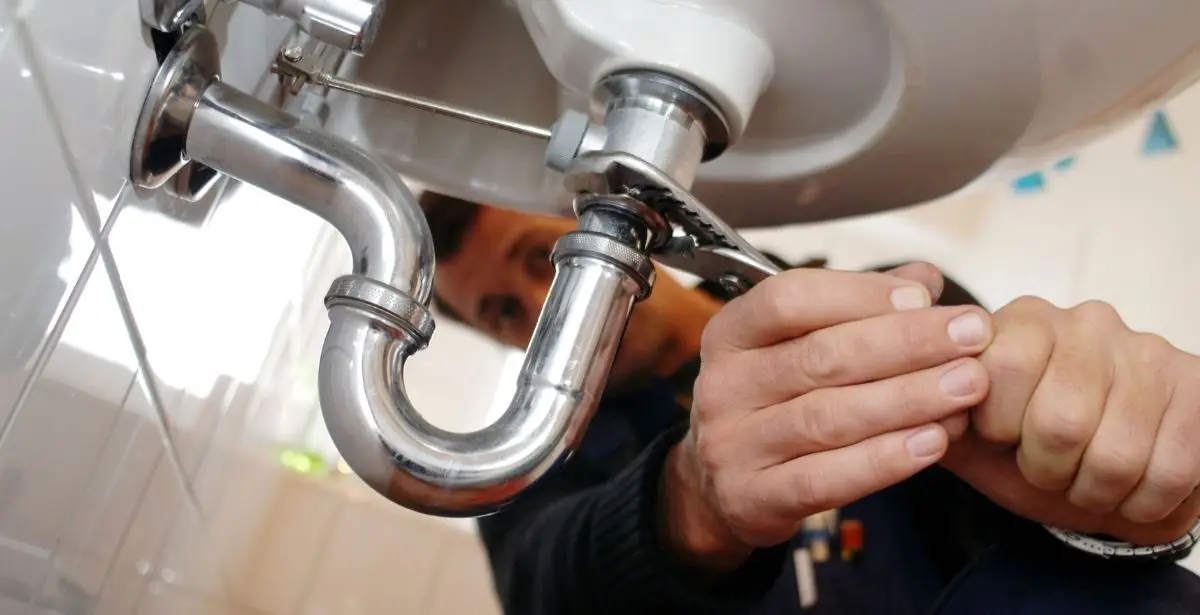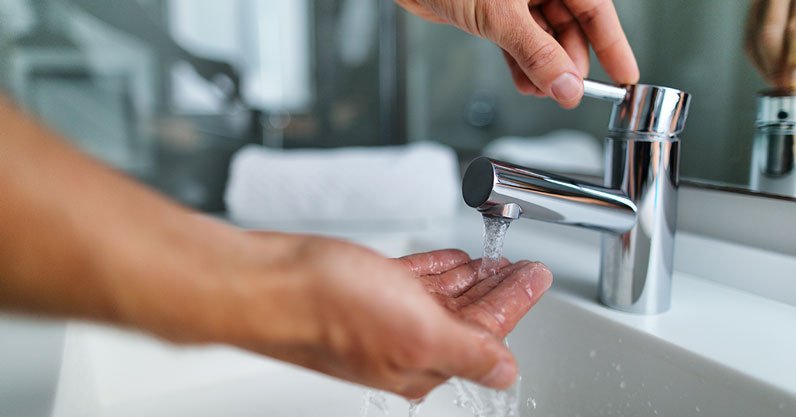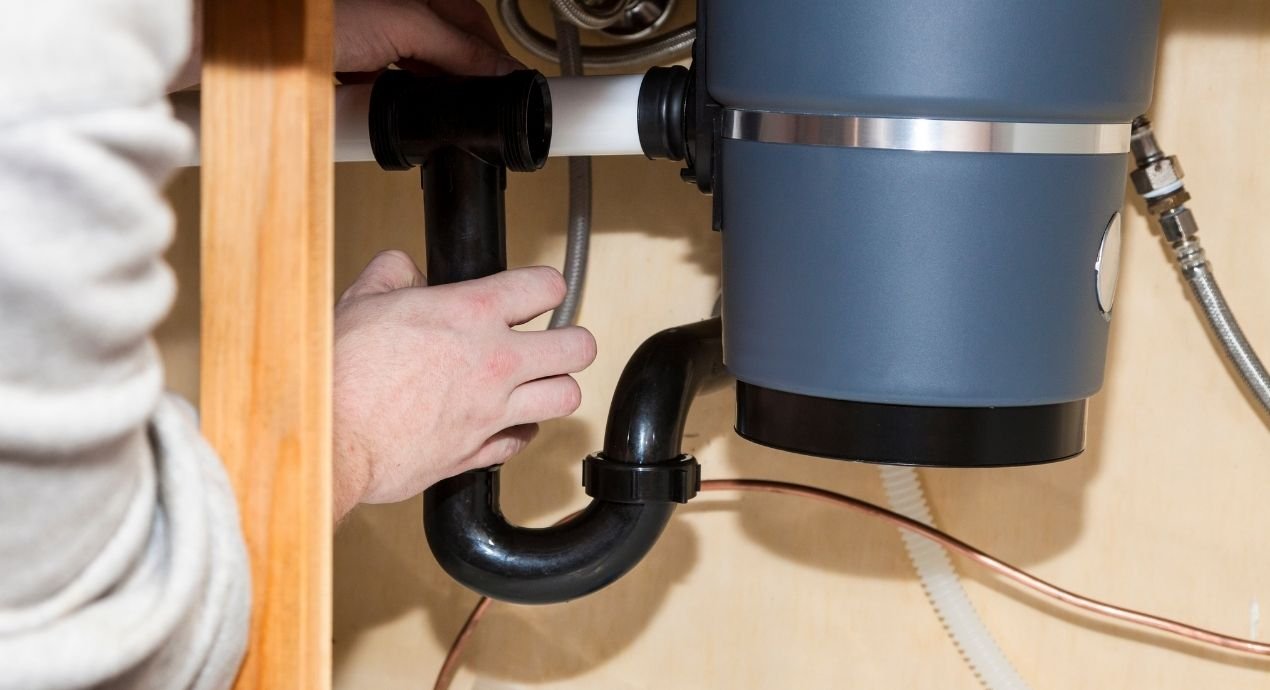Table of Contents
ToggleTroubleshoot and Repair Sink Leaks with These Simple Tips
A dripping kitchen sink leak is more than just annoying. It can also cause problems by wetting cabinets, walls, and floors. Dr. House Inc, in San Diego, California has been fixing water-damaged kitchens for over 25 years. They’ve learned that even a small sink leak can lead to serious issues.
This guide shares tips on how to repair kitchen sink leaks. It covers fixing common problems with the faucet, spray hose, or sink strainer. Regularly checking your sink and using a leak detector can prevent these issues. This not only stops water damage but also keeps water bills low. For big water damage from sink leaks, professional help may be necessary.
The Perils of a Leaking Sink
A leaking kitchen sink is a serious problem. It can ruin your home by causing water damage and mold. This can lead to health problems like asthma and make your walls and floors weak. Plus, it can make your water bills higher.
Impact of Sink Leaks on Your Home
Sink leaks can harm your home in many ways. They can cause a lot of water damage and create mold. This mold can be dangerous, and the water can hurt your home’s structure and furniture.
The Need for Prompt Action
It’s very important to repair a leaky sink fast. Putting it off could mean big, expensive repairs later. By acting quickly, you can stop water damage and mold from spreading. This saves you both money and hassle in the future.

Common Causes of Sink Leaks
A leaking sink is frustrating and can cost money to fix. It’s key to know why sinks leak to repair them right. Problems with faucets, the P-trap, and water supply lines can all make a sink leak.
Faucet Leaks
The faucet is a big reason why sinks leak. If gaskets and washers in the faucet are worn, water can leak. A dripping faucet can also mean the valve seat is damaged and needs replacing.
Clogged P-Trap
The P-trap, found under the sink, stops sewer smells from coming into the house. Yet, if it gets clogged, water can leak. This issue often shows as leaking water under the sink.
Valve Seat Issues
Problems with the valve seat can also cause leaks. This seat connects the faucet spout to the body. When it wears out, water may drip continuously, leading to a persistent leak.
Water Supply Line Problems
Leaky water supply lines are another cause. If these lines are old or get damaged, they can start leaking. This often results in wet cabinets below the sink.
Identifying the Source of the sink leak
First, you must find where a sink is leaking before you can repair it. This means checking every part of the sink and its drain. Once you know where the leak is coming from, you can start fixing it to stop the water damage.
Checking for Faucet Leaks
Faucet leaks are usually easy to spot. You might see water gathering at the faucet’s base. But, some leaks can be tricky, dripping where you can’t see. Be sure to examine the faucet and its parts for any damage. This step is key to spotting and solving sink leaks.
Inspecting the Drain Seal
The drain seal can also be a leak source. If it’s not tight or if it’s damaged, water can get through. So, check for cracks or loose areas around the drain to know if this part is leaking.

Step-by-Step Guide to Fixing Faucet Leaks
Faucet leaks are a common issue when sinks leak. The good news is you can often repair them yourself. Let’s look at the steps to get your sink working again.
Replacing Worn Out O-Rings
Worn-out O-rings are often to blame for faucet leaks. These small rubber rings ensure a tight seal but can get old and crack. To replace them, shut off the water first. Then, take off the handle, loosen the stem nut, and swap the old O-rings for new ones. Make sure the new ones fit well before finishing up by putting the faucet back together.
Replacing a Faulty Cartridge
If changing the O-rings doesn’t stop the leak, it could be the cartridge. Cartridges control water flow and temperature. A damaged one can cause leaks. To remedy this, take out the old cartridge after removing the nut and put a new one in. Always use the guide from your faucet’s maker for proper installation.
By fixing these faucet issues, you can solve leaks and make your sink work well again. Always turn the water off first when making repairs. If you’re not confident, a professional plumber can help with any tricky leaks.
Fixing Drain Pipe Leaks
When the drain pipe under your sink leaks, it can make water gather in the cabinet. Start by finding where the leak is. It might be at a connection or in a crack in the pipe.
Locating the Leak
Look closely along the drain pipe to find the leak. Check for water or damp areas. The connections where pipes join are often the problem areas.
Tightening Pipe Connections
If a loose connection is the issue, use a pipe wrench to tighten it. This restoration could stop the leak. By sealing the joint, water might not seep out anymore.
Replacing Damaged Pipes
But, if tightening it doesn’t help, you may need to replace a pipe. Take out the old one and put in a new one. Be sure to pick the right size and type of pipe for a good fit.
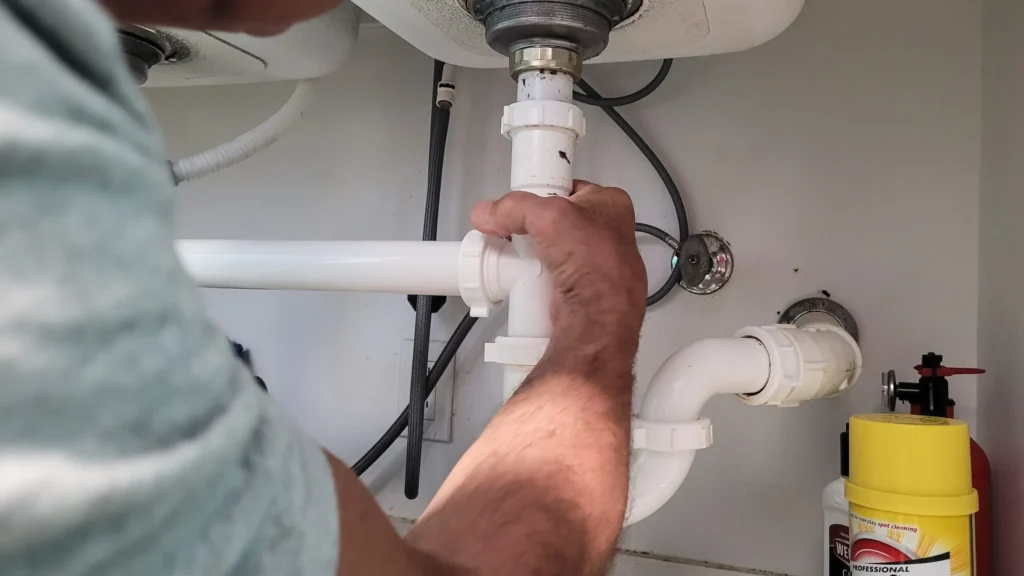
Repairing sink leak Basin Leaks
Sink basin leaks often stem from a loose seal around the drain. Unscrew the nut beneath the flange to remove it. Next, clean the sink hole area. Apply a fresh rope of plumber’s putty under the new drain flange.
Removing and Cleaning the Drain Flange
Start by taking out the old drain flange. A basin wrench helps to loosen the holding nut. Then, pull out the flange with caution. Ensure the sink area is clean for the new flange to make a good seal.
Applying New Sealant
For a tight seal, put a new ring of plumber’s putty on the replacement flange. This putty stops water from leaking around the sink and flange edge.
Installing the New Drain Flange
Now, place the replacement flange in the sink hole. Tighten the nut from below. This action makes sure there’s a secure, waterproof seal. It will completely repair the leaks from the basin and prevent future ones.
When to Call a Professional
Many sink leaks you can repair on your own. But, sometimes it’s better to call a professional plumber. If the leak has damaged your home’s cabinetry, walls, or floors, it could lead to mold or structural damage.
A pro can see and repair all the damage, like your trusted plumber in San Diego county, Dr. House Inc. have what it takes to handle tough or repeat leaks.
If you can’t find the leak’s source or if DIY fixes don’t work, it’s time for expert help. Professionals know how and what to look for. They can solve hard sink leak puzzles, stopping more home damage.
When dealing with mold or big structural issues from a leak, it’s vital to get an expert. Trying to solve these hard issues without the right know-how can make things worse. By calling the pros, homeowners make sure their homes are safe from more costly fixes.
Related article: Solve Kitchen Sink Leaks: Common Problems and How to Fix Them
Conclusion
Fixing a leaking sink is easy with the right info and tools. You need to know why sinks leak, like problems with faucets or drain pipes. Following the steps provided, many can repair sink leaks themselves. Yet, if the leak is serious and has damaged a lot of your home, it’s better to get help.
DIY sink leak repair is sometimes the way to go, but not always. If the leak has caused a lot of damage, mold, or issues with the structure, you should call a professional. A service like Dr. House Inc. can provide what’s needed to get things back in order. They deal with the leak and any other hidden problems too.
To deal with a leaking sink right away is key to avoid more home damage. If you know what to do, fixing it yourself is possible. Still, if the problem is big, it’s smarter to get a plumber. They can repair the leak and make sure it doesn’t happen again.

